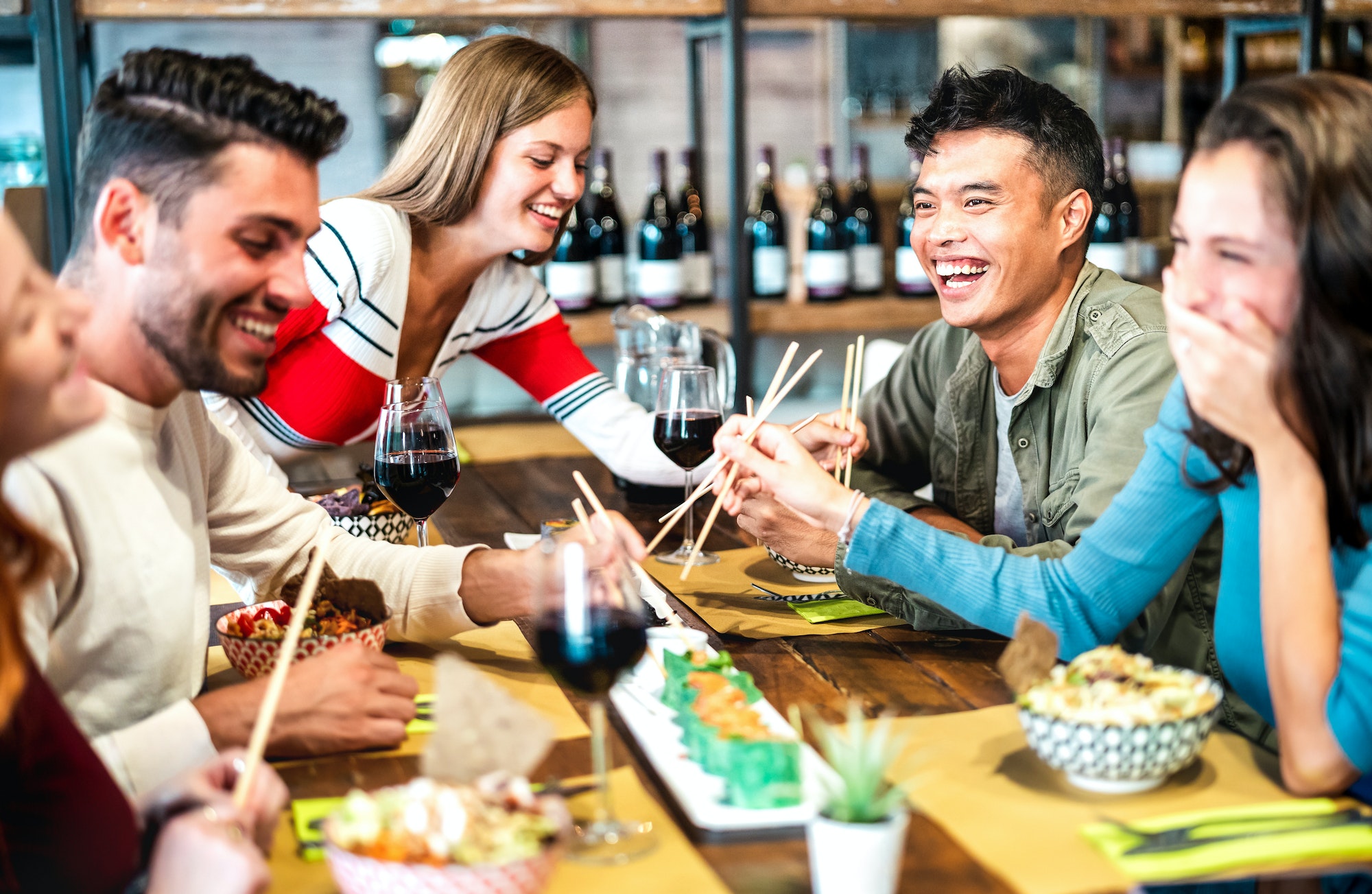Asian fusion cuisine is a culinary trend that has gained popularity in recent years. The concept of fusion cuisine is to combine elements from different culinary traditions, creating exciting new dishes that showcase the best of both worlds. Asian fusion, in particular, combines flavors and techniques from various Asian countries with those from other parts of the world, resulting in unique and innovative dishes that appeal to a broad range of palates.
One popular gourmet fusion cuisine style is the blending of Japanese and Peruvian flavors, known as Nikkei cuisine. This fusion began when Japanese immigrants arrived in Peru in the late 19th century and started incorporating local ingredients into their traditional Japanese dishes. The result is a unique blend of flavors and textures that can be seen in dishes such as tiradito, a raw fish dish similar to sashimi but with Peruvian chili peppers and spices, and sushi rolls filled with Peruvian ingredients like quinoa and sweet potato.
Another example of Asian fusion cuisine is the combination of Chinese and Italian flavors, known as Chitalian cuisine. This unlikely pairing was born out of the desire to create innovative dishes that are familiar yet surprising. Chitalian dishes often incorporate Chinese ingredients like soy sauce, ginger, and bok choy into classic Italian pasta dishes or use Italian staples like tomatoes and basil in traditional Chinese stir-fries.
Korean-Mexican fusion is another popular gourmet fusion cuisine style that has gained popularity, especially in the United States. This culinary trend originated in Los Angeles when food trucks began offering Korean tacos – a delicious combination of Korean-style marinated meats wrapped in Mexican corn tortillas. The marriage of these two cuisines has expanded beyond tacos to include dishes like bulgogi burritos, kimchi quesadillas, and gochujang-laden nachos.
Indian-French fusion is an emerging gourmet fusion cuisine style that combines the rich flavors and fragrant spices of Indian cuisine with the refined techniques and presentation of French cuisine. Dishes like spiced duck confit with saffron risotto or a tandoori-spiced salmon served with ratatouille showcase the harmonious blending of these two distinctive culinary traditions.
Exploring gourmet fusion cuisine often involves experimenting with new ingredients and techniques, as well as being open to unexpected flavor combinations. Combining flavors from different cultures can lead to exciting discoveries and help broaden one’s culinary horizons.
When creating fusion dishes, it’s essential to maintain a balance of flavors and respect the original cuisines’ core elements. This can be achieved by focusing on high-quality ingredients and ensuring that the fusion of flavors is complementary rather than overpowering.
Collaborations between chefs from different culinary backgrounds can also contribute to the development of innovative fusion dishes. By sharing their knowledge and expertise, chefs can inspire each other to create new flavor combinations and techniques that push the boundaries of traditional cuisine.
In addition to the examples mentioned above, there are countless other possibilities for Asian fusion cuisine. The sky is the limit when it comes to combining flavors and cultures in innovative ways. As more people become exposed to different culinary traditions, it’s likely that we’ll continue to see even more exciting and unique fusion dishes emerge.
Whether you’re a seasoned foodie or just looking for something new and exciting, exploring gourmet fusion cuisine can be a delicious way to experience the best that the world’s cuisines have to offer. So why not step outside your comfort zone and give Asian fusion a try? You might just discover your new favorite dish.

